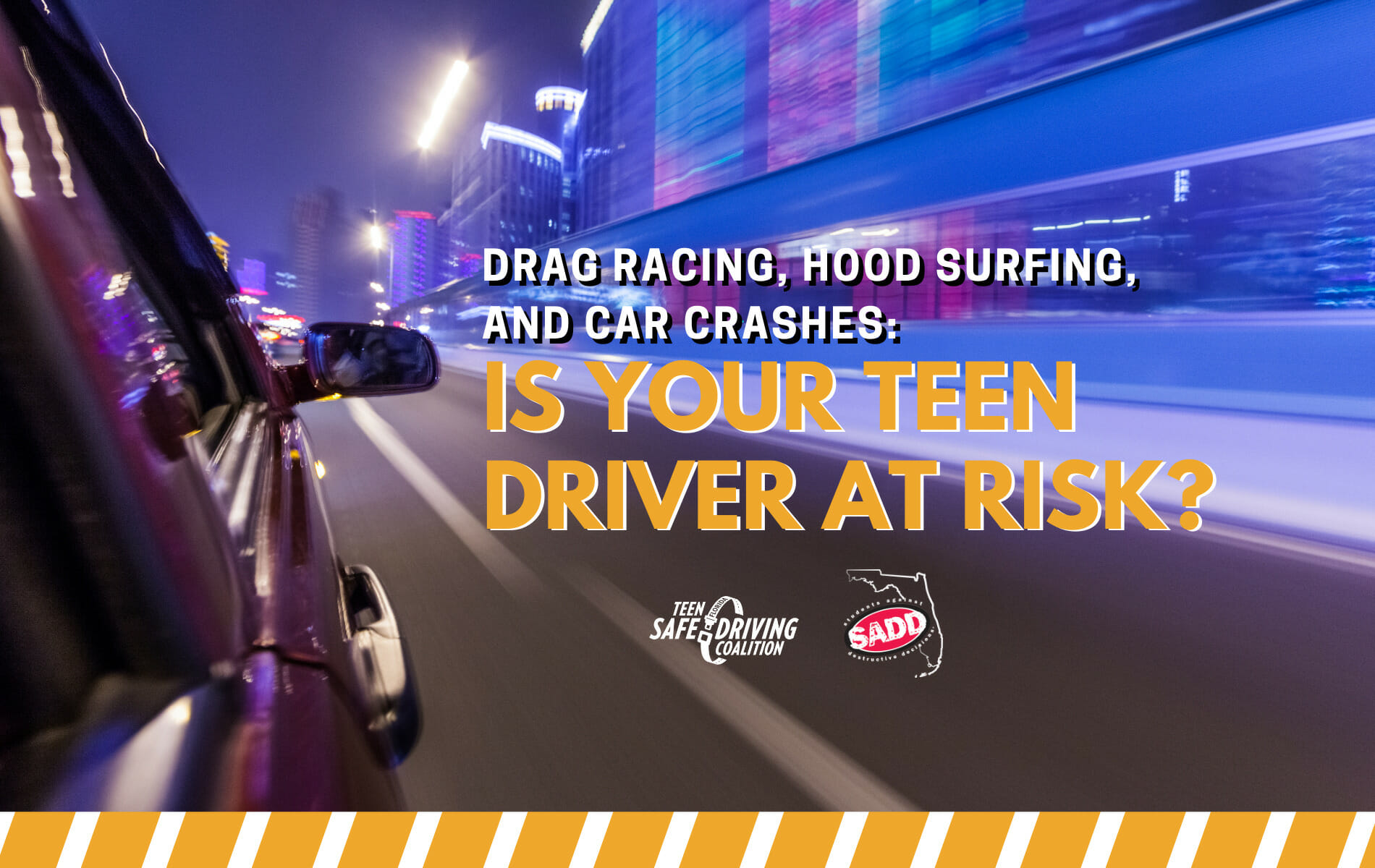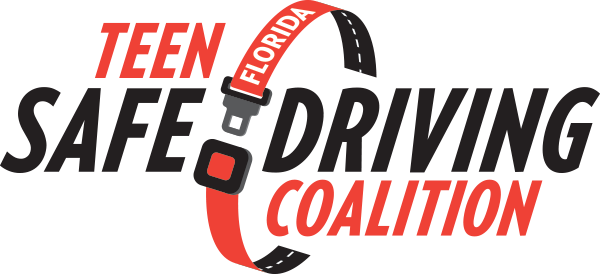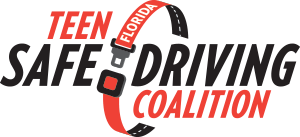
Drag Racing, Hood Surfing, and Car Crashes: Is Your Teen Driver at Risk?
All groups of drivers may have some risk factors which can put them at risk of a car crash. For young drivers, however, peer pressure and less driving experience, driving can be especially dangerous. Studies have found younger drivers may be more likely to engage in risky behaviors such as hood surfing, drag racing, and other dangerous risks. If you have a teen or young driver in your home and want to reduce their risk of being in a crash, you need to be aware of the dangers.
Drag Racing
Drag racing has been around since the 1920s and for many years was popularized in movies, shows, and music videos, which has given young drivers the idea to try it. Races are often held late at night or early in the morning in remoter areas and because of the speed involved, serious injuries can occur.
Hood Surfing
Hood surfing involves one or more people holding onto the hood of a car while it is in motion. Car surfing is a more generic term meaning passengers drive outside the car, on the bumper, the roof, the hood, or otherwise outside of a moving car. Both activities are very dangerous since the person on the outside of the car can fall as the car moves, suffering serious injuries or even being run over.
Ghostriding
Also known as ghosting and many other names, this involves jumping out of a moving vehicle and dancing beside it while keeping pace with the car. Recently, this has seen a resurgence as social media users posted pictures of themselves taking part in what was known as the Kiki challenge. This involved individuals taking videos of themselves getting out of moving cars and dancing to Drake’s In My Feelings.
Stunt driving and Social Media Challenges
Drivers may also take part in activities such as trying to drive only on two wheels or trying to get the car airborne by gaining speed when approaching hills. Some drivers also shut off their lights on country roads to drive in total darkness. New stunts and dares regularly get created and spread, especially via social media. Some drivers may also try to imitate stunts they saw in the media or at car shows. Often, risky behaviors are exacerbated by social media dares and challenges, where users post pictures of themselves posing while taking part in risky behaviors.
Skitching
“Skitching” involves hitching a ride on a car while using roller skates, skateboards, bicycles, or other non-motorized wheels. The person hitching a ride can easily swerve into oncoming traffic or can fall and be run over by a car.
Reducing the Risk
Now that you understand the risks of some of the challenges, dares, and risky driving trends, what can you do? If you are a parent with a young driver, you will want to:
- Insist on an adult being in the car. When your child has a beginner’s permit and after they have their full license, insist on having an adult passenger in the car. This can be a voice of reason which will encourage a young driver to focus on driving safely.
- Reduce the number of young passengers. Studies have shown that young drivers take part in more risk-taking when their peers are in the car. The risk increases with every young passenger in the car.
- Know where your children are. Knowing who your child is friends with, who their passengers are, and where they are can help you notice some red-flag signs of risky behavior.
- Have a talk about risky driving. Discuss the dangers and listen to what your children have to say about risks as well as their ideas for solutions. Even if your children can’t drive, have this discussion with them in case they ever find themselves as a passenger with an unsafe driver.
- Keep an eye on your children’s car. One of the first signs of risky driving may be unpaid tickets or unexplained dings or other minor damage to the car.
Receive free materials related to speed and aggressive driving prevention. Review the Parent/Teen Safe Driving Contract with your new teen driver.
View Original Article Here

